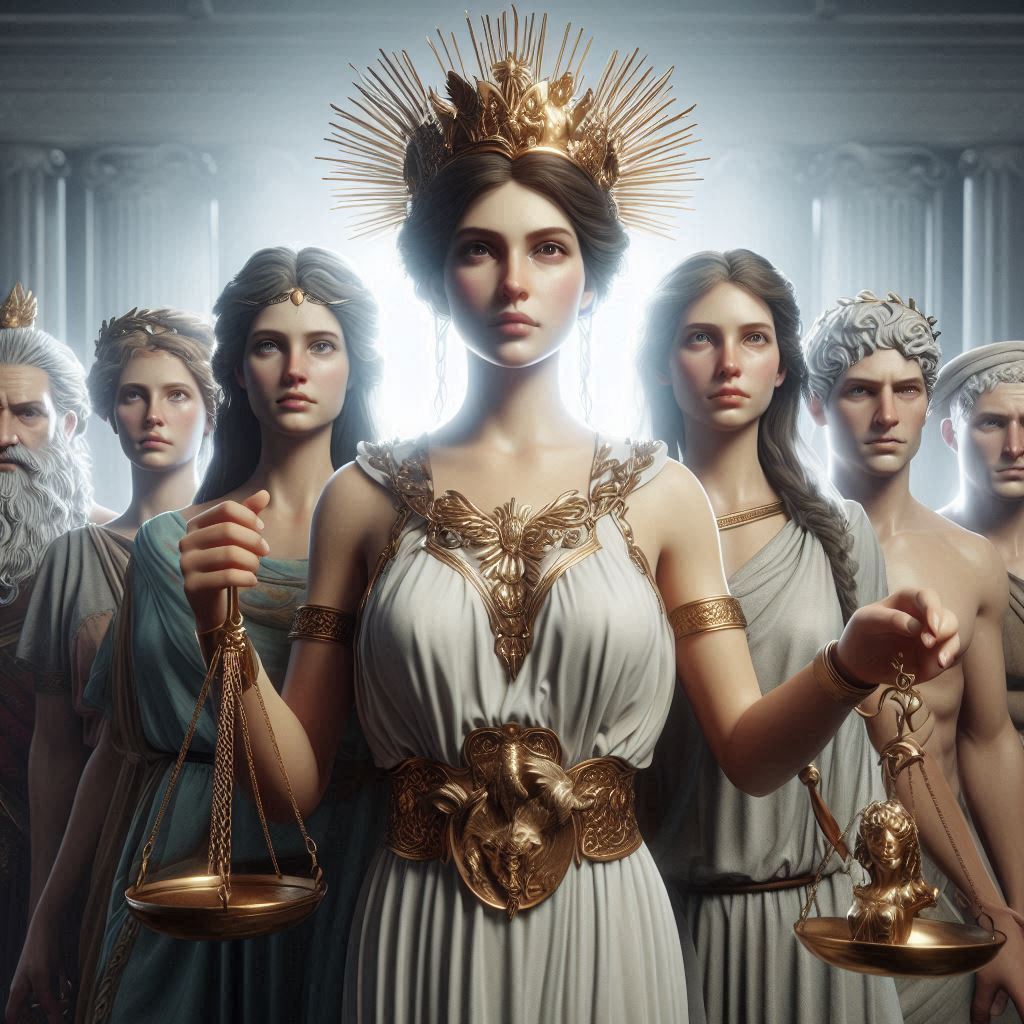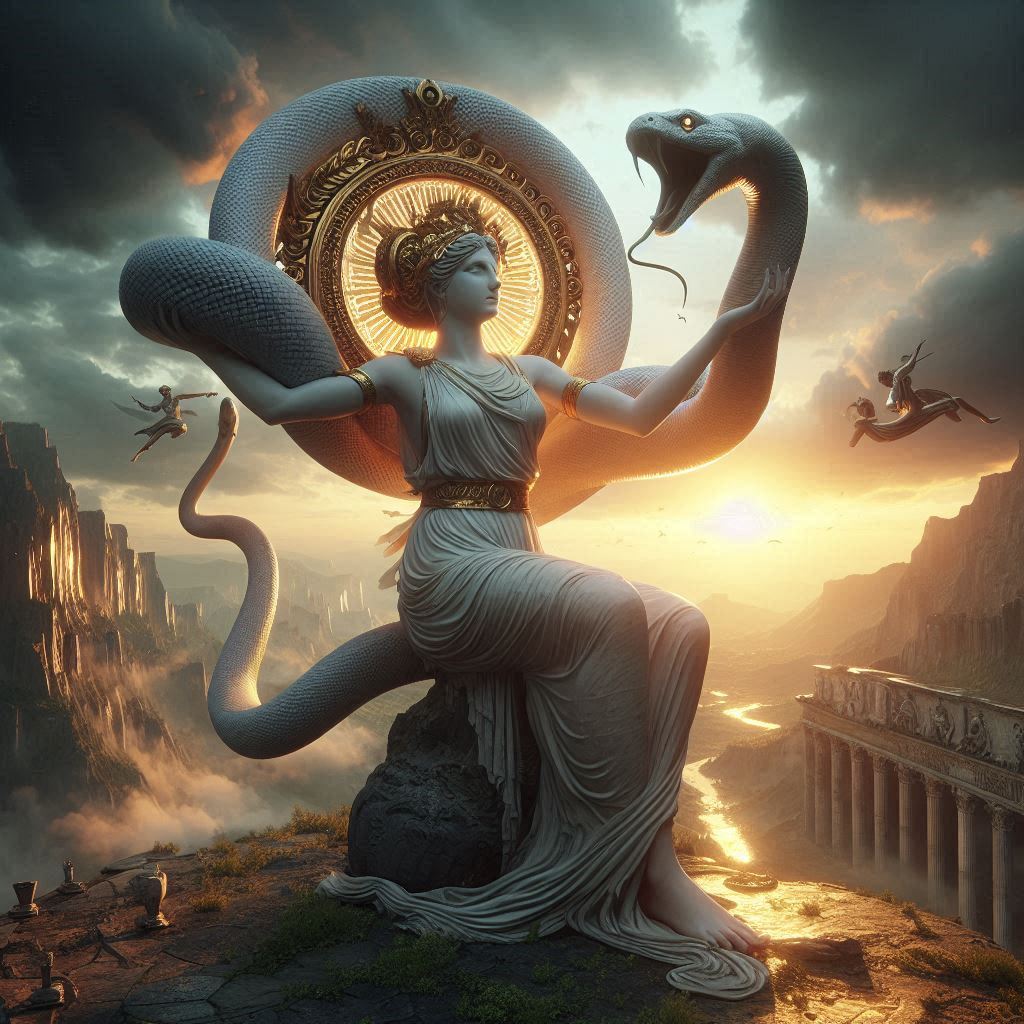Table of Contents
The question of whether a film adaptation or its book counterpart is “better” has been a long-standing debate, with proponents of each form bringing unique perspectives. The relationship between film and literature, while often seen as one of fidelity and interpretation, also brings to the fore deeper considerations about storytelling, audience experience, and artistic expression. While the book often offers a more immersive and comprehensive narrative, films can provide a visual, emotive immediacy that captivates audiences in ways books cannot. This essay explores both mediums, analyzing their strengths and the inherent limitations that make this question particularly challenging.

1. Depth and Detail: The Strength of the Book
One of the primary advantages of a book is the depth it provides. Literature allows for a nuanced exploration of characters’ inner thoughts, complex plot lines, and a rich backdrop of social, cultural, or philosophical themes. This depth can create an intimate experience, allowing readers to form personal connections with characters over the course of the story. Books such as Tolstoy’s War and Peace or Dostoevsky’s The Brothers Karamazov capture an extensive array of human experience, made possible by the slower, contemplative nature of reading.
Books also give readers control over the pacing, allowing them to linger on certain sections or re-read passages to deepen their understanding. A book’s format grants authors ample space to delve into complex topics, backstories, and subplots that a film’s runtime simply cannot accommodate. Furthermore, literature as a medium requires a participatory engagement of imagination. Readers actively construct the world in their minds, filling in details based on descriptive cues, which fosters a distinct and personal connection to the story.
2. Visual Storytelling: The Unique Power of Film
Conversely, film holds an immediacy and an emotive impact that books rarely achieve, even with the most vivid prose. Filmmakers employ visual, auditory, and even musical elements that create a sensory experience. The powerful performances of actors, coupled with cinematographic techniques like close-ups, lighting, and visual metaphors, can elicit strong emotional reactions in a matter of seconds. For example, Stanley Kubrick’s 2001: A Space Odyssey or David Lean’s Lawrence of Arabia translate complex themes visually, allowing audiences to experience awe, fear, or suspense in a way that words might struggle to evoke.
Additionally, films often distill the essence of a book into a condensed format that allows for quicker, yet impactful, storytelling. Directors and screenwriters often adapt novels to highlight central themes or relationships, allowing audiences to experience the core of a story without the time commitment a book requires. This brevity can be an asset; it focuses the narrative and often makes it more accessible to a wider audience who may not have the time or inclination to read a lengthy novel.
3. Fidelity vs. Interpretation: Does a Good Adaptation Mean Faithfulness?
One significant area of debate revolves around fidelity—the degree to which a film adaptation adheres to the original text. Some argue that a successful film adaptation must remain faithful to the book, retaining the plot, characters, and themes. However, the constraints of film, such as time and the necessity of visual storytelling, mean that some aspects of a book may be lost or transformed. For example, a book with multiple complex subplots might need to condense or eliminate some of these to fit a standard movie length. The Lord of the Rings trilogy, adapted by Peter Jackson, managed to retain much of Tolkien’s essence while omitting entire characters and subplots to meet filmic constraints.
Yet, fidelity alone may not be a fair measure of a successful adaptation. Some films take creative liberties that ultimately enhance the story or translate it into a contemporary or culturally resonant framework, like The Great Gatsby by Baz Luhrmann, which blends F. Scott Fitzgerald’s story with modern music and a bold visual style. Such reinterpretations offer an argument that adaptations should be evaluated on how well they capture the spirit or thematic core of the original work, rather than a strict adherence to plot points.
4. Audience and Cultural Impact
Books and films also differ in the cultural reach and audience engagement they achieve. Books, historically, have appealed to a narrower, often more literate audience, while films are more universally accessible. As a result, films often achieve a broader cultural impact, especially in the modern era, where visual media is ubiquitous and widely consumed. Iconic films like Schindler’s List or To Kill a Mockingbird have profoundly influenced public understanding and awareness of social issues, perhaps even more effectively than their book counterparts. This broader reach makes film a powerful medium for stories that seek to inspire, inform, or challenge societal norms on a large scale.
Furthermore, film has a democratizing effect. Audiences who might struggle to access or appreciate complex literature can engage with its adaptation in an accessible, engaging manner. For example, the adaptation of Jane Austen’s novels into movies and television series has opened up her work to audiences who might never pick up one of her books but nonetheless gain a sense of her themes and characters.
5. Subjectivity and Personal Preference
In comparing the merits of film and literature, personal preference inevitably plays a significant role. For those who enjoy immersing themselves in long-form, introspective storytelling, books provide an unmatched experience. However, for individuals who appreciate visual and sensory immersion, the art of film, with its powerful synthesis of images, sound, and acting, may offer a richer experience. Some stories, such as fantastical or highly visual tales like The Wizard of Oz or Harry Potter, may benefit from the visual realization that film can provide. Conversely, psychological dramas or introspective novels like Virginia Woolf’s To the Lighthouse may be less adaptable to film’s visual medium, with much of their power lying in the internal monologues and nuanced prose.
Conclusion
In essence, asking whether a book or its film adaptation is “better” presumes a direct comparison that may not be entirely fair. Both forms bring unique strengths and limitations, serving different aspects of storytelling and catering to diverse audiences. Books offer depth, detail, and introspective engagement, fostering a personal connection that often requires commitment and imaginative participation. Films, on the other hand, provide a visually dynamic, immediate experience that can evoke powerful emotions and reach a broader audience.
Rather than viewing one medium as superior, perhaps a more nuanced approach is to appreciate each for what it brings to the story. Great books and films often complement each other, inviting audiences to experience narratives from different angles and enriching their understanding. For those who value narrative complexity and thematic depth, books remain a peerless form. Meanwhile, for those seeking sensory immersion and emotional immediacy, film provides an equally valuable experience. Thus, it is not a matter of “better” or “worse,” but of celebrating the distinctive ways each medium can illuminate the stories we love.


No responses yet